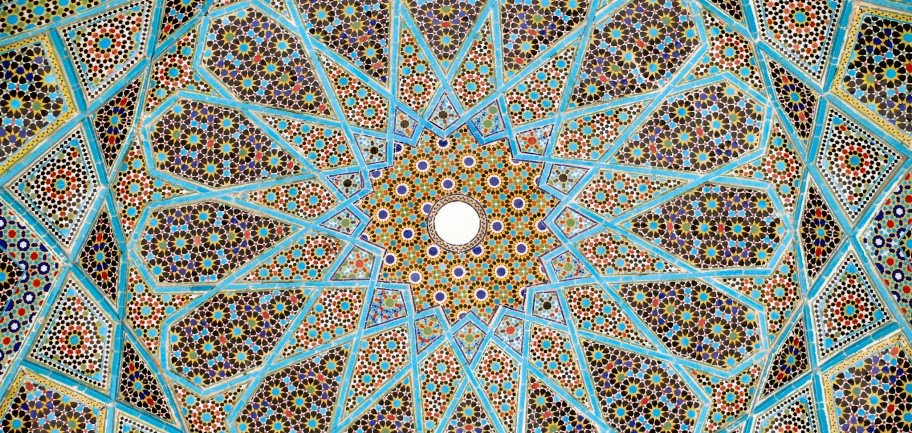Since I've started graduate school at IUB, many people have asked me-- "why did you pick Indiana?" and "what's Central Asia?". I'd like to share some information regarding my department's program and highlight the unique opportunities at Indiana University when compared to other academic programs in the United States:
The Central Eurasian Studies Department, abbreviated as CEUS at Indiana University-Bloomington, is the premier program for the study of Central Asia in the United States. It is the only department that offers specialized M.A. and Ph.D. degrees in Central Asian Studies in the U.S. and offers training in a number of less-commonly taught languages that are not taught anywhere else in the country. For example, this fall semester includes: Persian, Middle Persian/Pahlavi, Pashto, Dari, Turkish, Old Turkic, Tibetan, Old Tibetan, Mongolian, Classical Mongolian, Uzbek, Uyghur, Kazakh, Hungarian, Finnish, and Estonian.
Since a number of these languages suffer from a lack of textbooks, the CeLCAR (Center for Languages for the Central Asian Languages) at IU develops their own. For example, CeLCAR has written textbooks for Pashto, Dari, Uzbek, Uyghur, and Tajik.
While there are other departments in the US and in Europe which offer classes on "Central Asia" and a select number of Eurasian/Near Eastern languages, Indiana University's program is premier because of its
consistency to offer
multiple levels of less commonly taught languages regardless of enrollment size. At many universities "Central Asia" does not warrant its own department as "Near Eastern Studies","East Asian Studies", and "South Asian Studies" so often does in the U.S..
As far as I can tell, IU is the only American university currently teaching Pahlavi/Middle Persian alongside the School of Oriental and African Studies in London and the University of Leiden in the Netherlands. Additionally, CEUS balances rigorous language training with requiring their students to to become specialists in regional history, literature, and politics. Graduates from CEUS are well-equipped to continue in academia or pursue careers in government and consulting.
To become a specialist in Iranian/Afghan Studies takes years of training and I'm proud to be a student at IU. While CEUS is a small department, our mission is huge-- which is to maintain scholastic inquiry and to contribute to improving cross-cultural understanding of a region too often neglected.


